
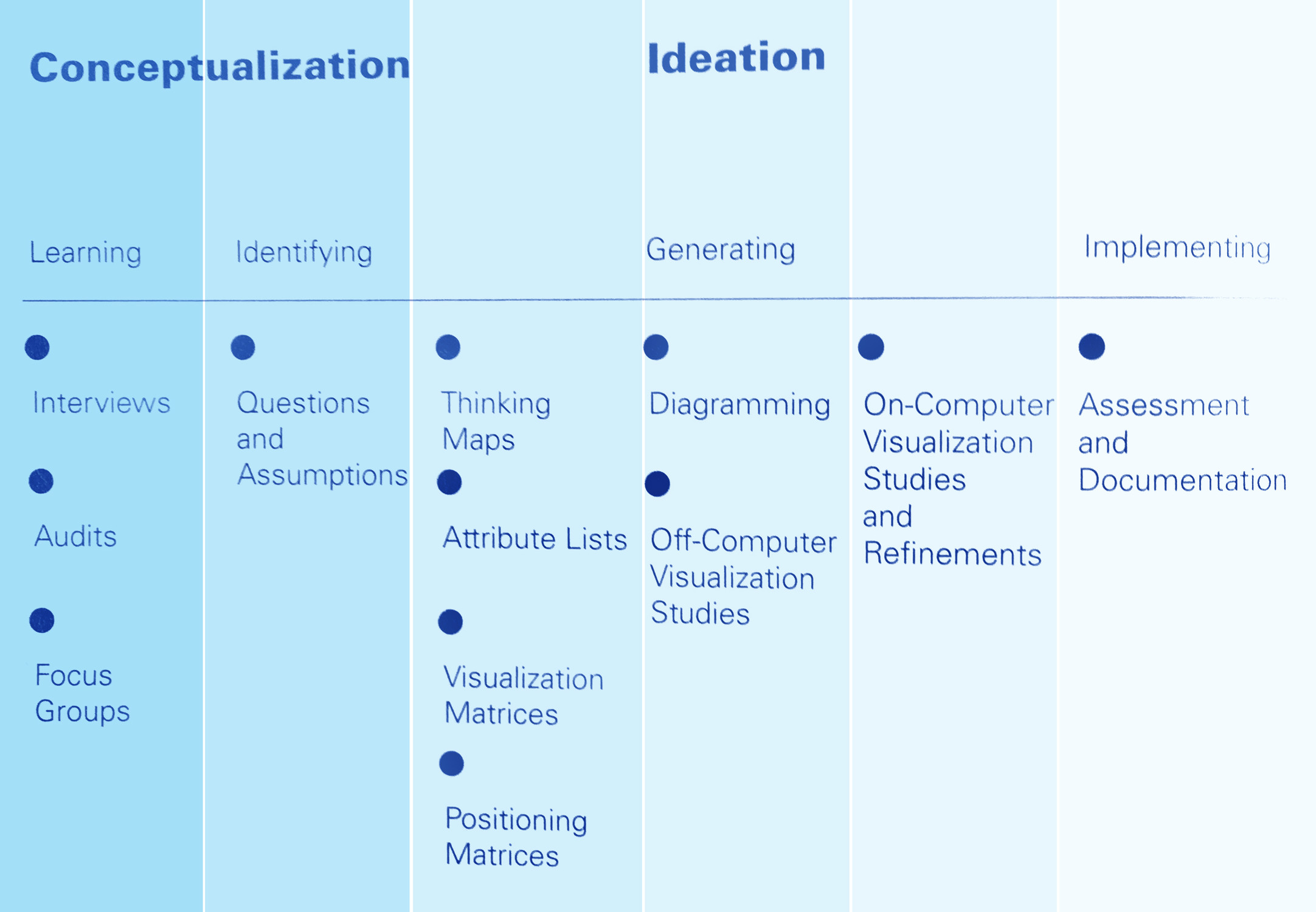
Brainstorm ideas and concepts for the website's design and functionality.
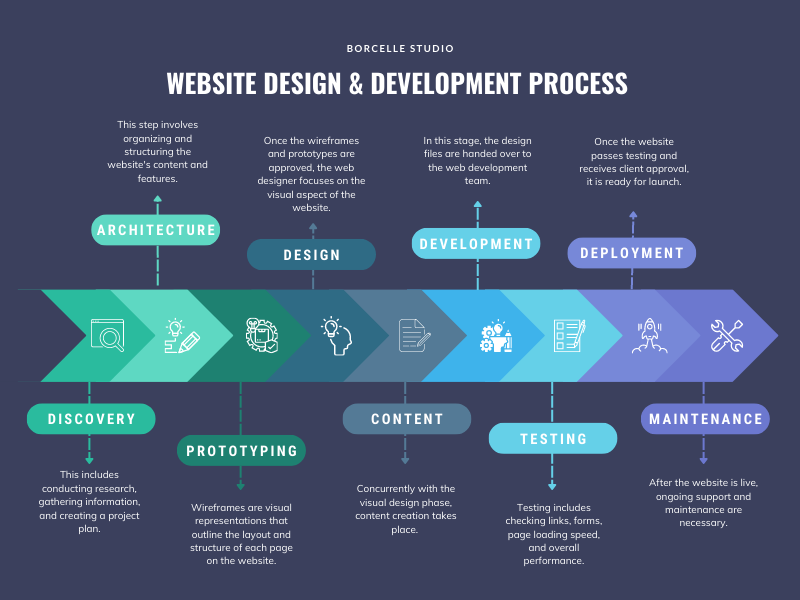
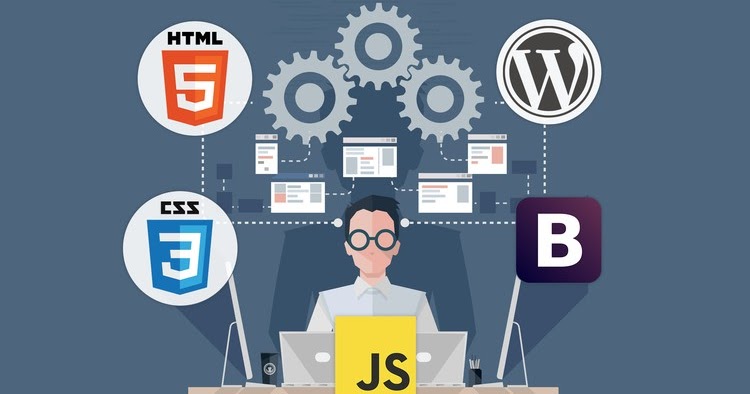
Write HTML, CSS, and JavaScript code to build the website's user interface.
Develop the server-side logic and functionality required for the web application.
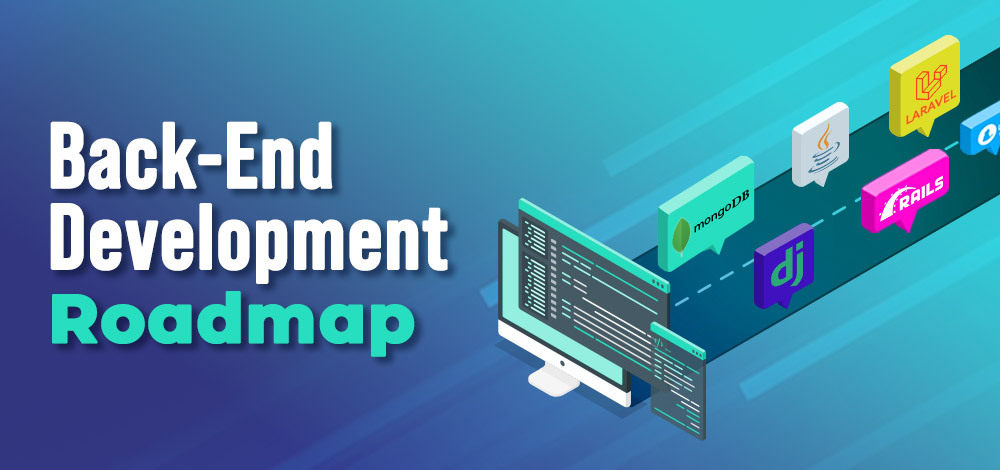

Design the database schema and define the data structure.
Connect the front-end and back-end components to ensure data flow and interaction between them.

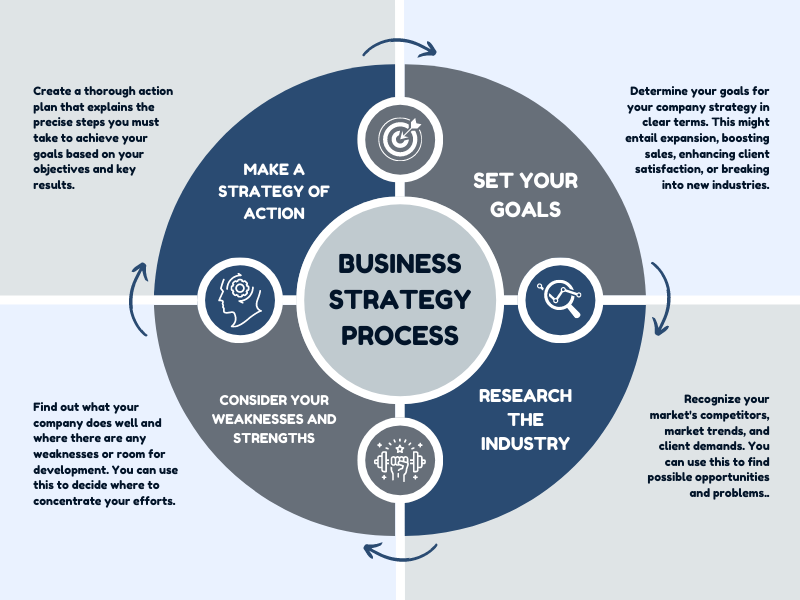
Perform various types of testing, including unit testing, integration testing, and user acceptance testing (UAT).
Deploy the web application to a web server or hosting environment.
Set up web server software (e.g., Apache, Nginx) and database servers.
Monitoring and Maintenance:
Continuously monitor the website or web application for performance, security, and uptime.
Monitoring and Maintenance:
Continuously monitor the website or web application for performance, security, and uptime.
Apply updates and patches to keep software and frameworks up-to-date.
Address user feedback and make improvements based on user experience.


Plan for scalability to accommodate increasing traffic and data.
Create documentation for developers, administrators, and users.


Develop a marketing strategy to promote the website or web application.
